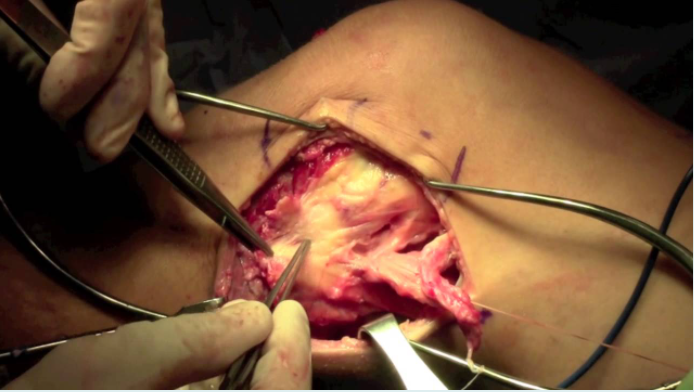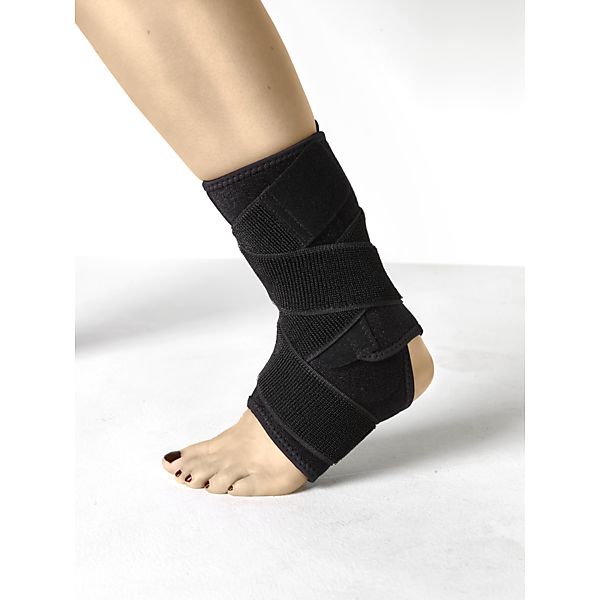OUR QUALITY SERVICES
Arthroscopy dedicated to excellence.
ARTHROSCOPIC RECONSTRUCTIVE SURGERY
Arthroscopy : Arthroscopy is surgical procedure by which internal structures of joint are examined for diagnosis and/or treatment using a tube like viewing instrument called an ‘Arthroscope’.
The technique of arthroscopy involves inserting hte arthroscope involves inserting the arthroscope, a small tube that contains optical fibres and lenses, through key hole incisions in the skin into the joint to be examined The arthroscope is connected to a video, camera and the interior of the joint is seen on the television monitor.
Benifits of Arthroscopy:
- Key hole technique
- Day care surgery
- Quick Recovery
- No plaster or/bandaging
- Safe
- Better visibility even compared to open surgery.
- Fairly less complications
- Less pain after surgery
- Lower risk of infections


OPEN RECONSTRUCTIVE SURGERY
Sometimes, injury around joint or other region is not treatable with arthroscopy. In such cases, open reconstruction or repair require.
This is done by minimal incision and repair or reconstruction done depending upon type of injury. These cases require more medicine, hospitalization, rest and sometimes more physiotherapy to recover fully compare to arthroscopic surgery.
TOTAL JOINT REPLACEMENT SURGERY
Total joint replacement (an arthroplasty) is a procedure which involves removing part or all of the damaged joint and replacing it with artificial implants. Joint replacement surgery can improve mobility and provide significant pain relief. It may be required for advanced arthritis or as a result of an injury. Knee, hip and shoulder replacements are common type of joint replacement surgery. Joint replacement surgery can often be done as a minimally invasive procedure, which uses smaller incisions, has shorter hospital stays, and has a shorter recovery time than traditional joint replacement procedures.



NON OPERATIVE TREATMENT
Most of the sports injuries don’t require surgery or operation. They are treated by simple immobilization braces, strapping, cast or even rest.
Physiotherapy must be done after non-operative treatment as to prevent re-injury and becoming chronic injury.
PHYSIOTHERAPY & RIHABILITATION
3 Roles of physiotherapy sports injury.
1) Prevention
2) Recovery
3) Rehabilitation
1) Prevention :
- Sports physiotherapist advice & helps sports professionals to improve the conditions to avoid injury.
- Physiotherapy helps athletes to avoid as far as possible all those factors that might bring up injuries by sports in general or particular sports associated injuries and consequencies of injury and its possible recurrences.
2) Recovery :
- Physiotherapy helps in regaining the functionality of the athlete as quickly as possible, accelerating the biblogical processes of recover from injury.
3) Rehabilitation :
- After recovering from injury, physiotherapist put all his knowledge on making the athlete begins his sports in the physical conditions more appropriate and as similar as possible to those presented before the injury.

REVISION LIGAMENT (ACL) RECONSTRUCTION
- Although primary ACL reconstruction has a high Success vote, some patients are left with satisfactory results or they re-injury the ligament. About 10 percent of the ACL reconstruction performed fail within 10 years.
- The main reasons a patient might need a revision ACL reconstruction include re-injury, failure of the reconstructed ligament to heal properly or inadequate care/rehabilitation.
- Patients who are left with an unstable knee or are enthusiastic about returning to their athletic activity of choice require revision surgery.
- Revision ACL reconstruction is a move difficult to perform compared to primary ACL surgery. So patients are advised to seek out a specialist with ample experience in revision ACL surgery for the best chance of a good outcome. after revision surgery rehabilitation takes a bit longer time as compared to primary ACL surgery.

